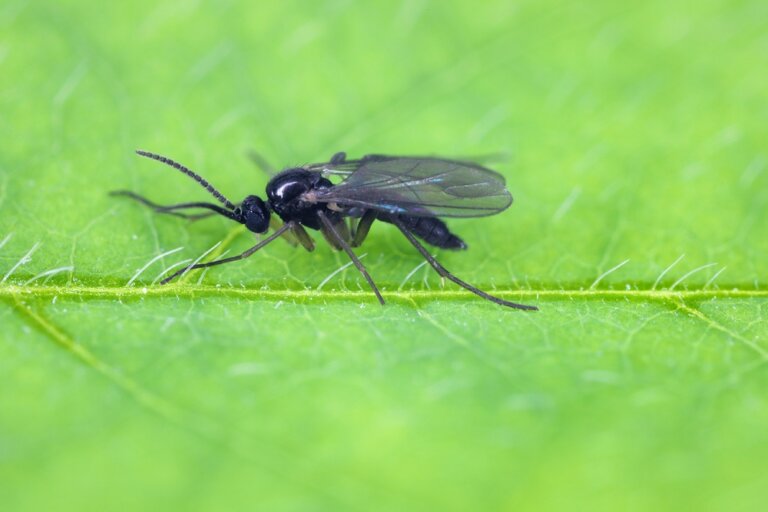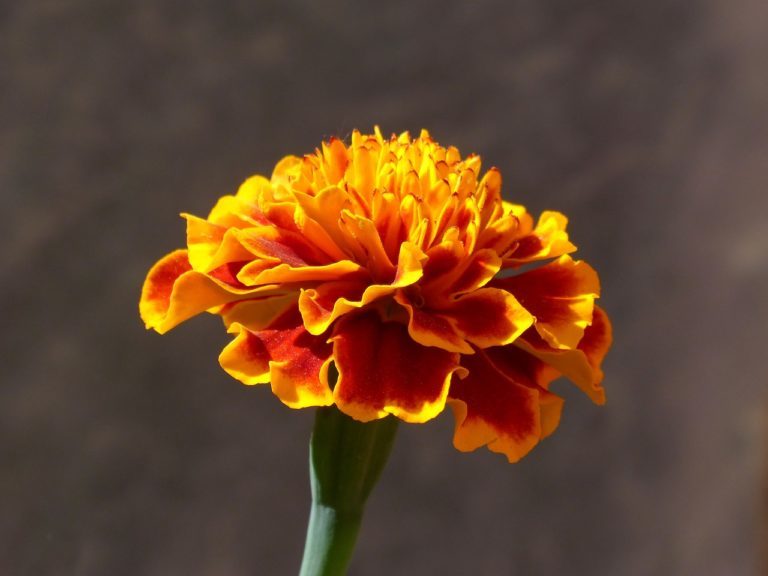Responsible use of pesticides in cannabis cultivation
List of contents
At this point in the season, when outdoor plants begin flowering and indoor grows are suffering the highest temperatures of the year, it's common for pests to make their first appearance in our garden, which can be particularly difficult to combat precisely because of the high temperatures, that on most occasions will favour their development and propagation. Our plants are therefore more sensitive than ever to insect pests and, later on and once they have developed buds, to the dreaded fungi.
Because of this, it's the season of the year where the most insecticides (early summer) and fungicides (late summer) are used, because no grower wants to watch their efforts and dedication be ruined by a pest or disease. However... are we making the best use of pesticides? How can we limit its impact on our health and the environment? This article was born from my own experience during the years that I spent cultivating cannabis outdoors in my garden, when I saw the fauna in it gradually diminish and, fortunately, how I've seen its resurgence in recent years thanks to a more responsible use of phytosanitary products.
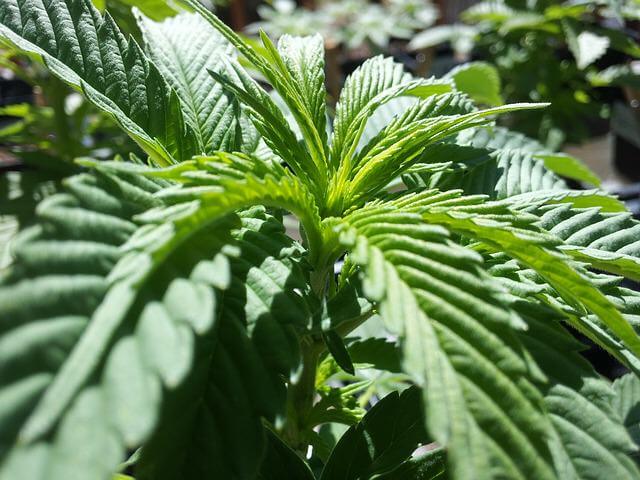
Organic and chemical pesticides
The first distinction to take before deciding to use any of these products is if we want it to be organic (usually extracts of other plants, beneficial fungi or bacteria, etc.) or chemical (laboratory formulated from toxic substances). Naturally, we recommend to always use organic or biological insecticides and fungicides, as they have far less impact on the environment and our own health (both in their manufacture and their use). Chemical products should be reserved only for extremely serious cases, when all organic options have failed.
Whatever the product, it's always advisable to wear a protective mask and gloves when applying them, as well as strictly respecting the minimum safety period specified by the manufacturer. In fact, it's a good idea to always add 7-10 days on top of the recommended period, to take no chances with our health and make sure that we harvest our plants with no pesticide residues. Additionally, ensure that the ventilation fans in your grow room are switched off during foliar application to prevent the air current from dumping the product on you.
We must emphasise an important fact: traces of chemical pesticides can remain in the plant for years, so any cuttings taken from mother plants treated with chemicals will test positive in a pesticide analysis. Although this is something that the domestic grower needn't worry too much about, it is a vital issue for many legal growers whose product must undergo strict quality controls before reaching the market. In case of using treated plants, there's the possibility that the permission to sell can be denied, which obviously means a serious setback for the professional.
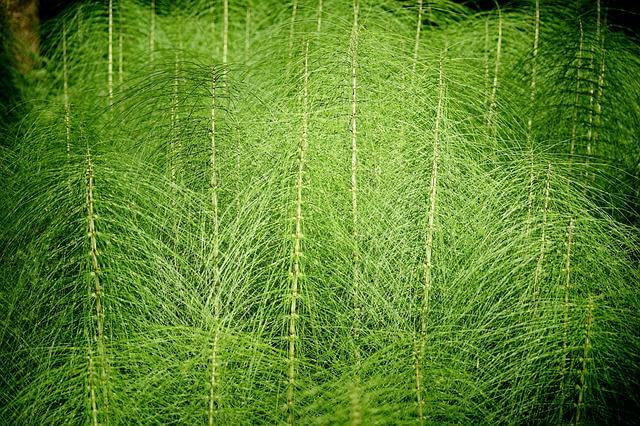
Contact and systemic pesticides
Once the first distinction has been made, we will next have to decide whether we want a product that acts by contact or systemically. The difference is obvious; The former act - in different ways - when they come in contact with the insect or fungus, staying on the outside of the plant and preventing the spores germinating and penetrating the plant tissue (in case of fungi) or killing the insects (in the case of insecticides). This therefore makes them a good option as a preventive measure, especially in the fight against fungi.
In contrast, products with a systemic action are absorbed through the roots or the stomata of the leaves, and the compounds are distributed to all parts of the plant and remain active for days or weeks, depending on the product. They are therefore ideal to apply when the appearance of a pest is detected, although you should always take int account the safety period, that, as we never get tired of repeating, you should extend a little more than indicated. In case of insects, systemic insecticides can also be used as a preventive.
Using pesticides indoors
Using pesticides in indoor cultivation is more common than it may seem to the uninitiated. Often the temperature and humidity conditions in indoor grow spaces are ideal for the reproduction of many pests, in particular insects and to a lesser extent fungi. In addition, on many occasions the source of the problem is in the environment around the grow; If a pest or pathogen os present, it's almost certain that it will manage to make its way to our grow room or tent. The same happens when we introduce plants from another environment such as an outdoor garden or another grower, which are often bearers of other things besides joy.
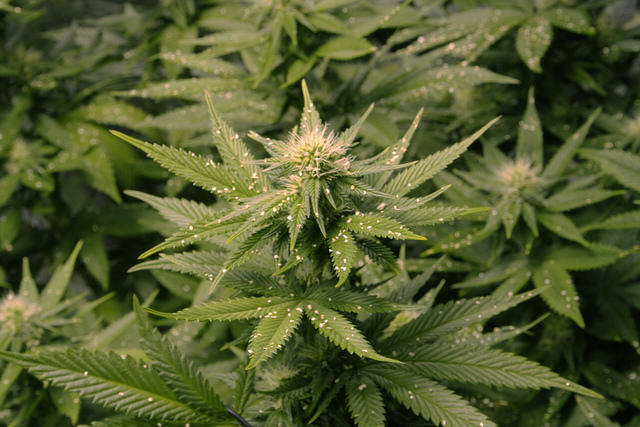
The impact of these products on indoor grows with artificial light is normally limited to the safety of people who will consume the herb, or any resin extraction made from it, as in the grow room there's no ecosystem to speak of that can be damaged. Our advice then is always the same:
- Prevention: regular use, alternating between various 100% organic products during the growth phase. Unless there are problems with fungi such as powdery mildew, we can focus on insecticides to combat whitefly, thrips and red spider mites. As we have seen, regular applications of contact fungicides will make it very difficult for spores to germinate on the surface of the plant. In contrast, applications of systemic insecticides will greatly hinder the appearance and spread of insects.
- Treating infestations: If possible, remove the plants and give them a shower with abundant water, which will wash away most of the adult insects, especially if we take special care to spray the underside of the leaves well. Once the plants dry, we can apply the appropriate organic insecticide for the pest in question. Ideal this process should be repeated every 2-3 days (without the need to repeat the wash-down). Using natural predators of the infestation you're suffering can be very useful in some cases (care should be taken that they are compatible with the insecticide being used, if any).
It is important to keep in mind that the ideal is to for the plants to begin flowering in a completely healthy condition, and free of pests. In this way we greatly increase the chances of a successful harvest without using any foliar application of products during flowering, which, as any experienced grower knows, increases the quality of the buds. At best, we recommend using products as prevention until the second week of flowering, but try not to spray the buds!
Using pesticides outdoors
Although in our indoor grow there are no other plants or fauna that can be affected by our applying pesticides to cannabis plants, the opposite is true in the case of outdoor cultivation, especially in the case of gardens where there are other plants growing. By using these products, we are putting the balance of our garden at risk, since not only thrips, caterpillars and red spiders will be affected; other, potentially beneficial insects will have access to our "poisoned" plants, as well as pets, children, etc.
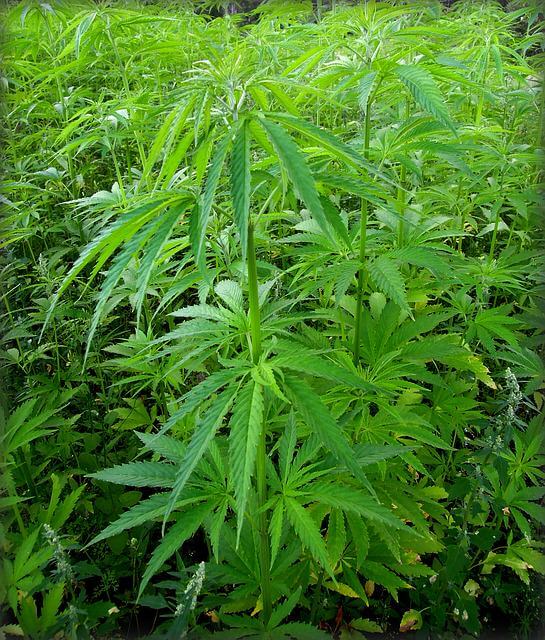
The effects can be especially serious if these products are used not only with cannabis plants, but also with other garden plants, particularly in the case of chemical pesticides. I can assure you that, after a few years the population of bees, butterflies and many other insects will have been seriously affected. What happens in a garden without insects? Naturally, it will also be without birds, bats and other animals that feed on the insects, as they will relocate and find their food elsewhere. It's a downward spiral leading to a garden with barely any animal life, a real pity when you compare it to a garden full of life and colour.
The safety measures are the same as we've already outlined for indoor cultivation, except that now we must take into account that now we are causing an impact on the environment when using them. Try not to spray the plants if the wind is blowing - you'd be surprised how far the product can drift! Of course, in the case of having children or pets we must ensure that they can not access the product or the treated plants at any time. As they say, prevention is better than a cure!
For all these reasons we encourage you to use organic and biological products, always in moderation and only on the plants that you see affected. Broad spectrum insecticides and fungicides work very well and are practical, but they also attack other insects or fungi that are potentially beneficial to our plants and that each have their function within the natural balance of the soil food web and on the surface. If, in addition to growing plants, you are also raising children, it's a great opportunity to explain this wonderful balance to them and tell them how we can respect and safeguard our environment to the greatest extent possible.
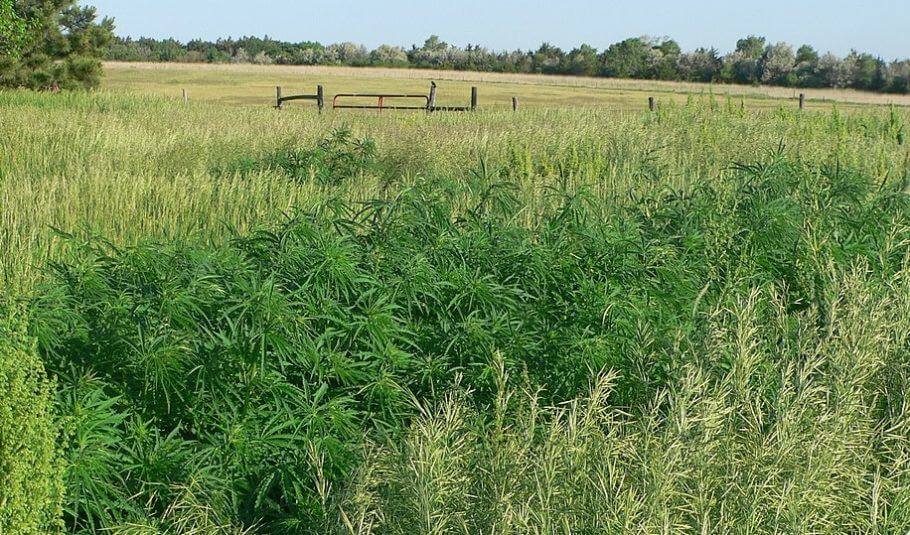
Insecticides y fungicides recommended for cannabis
Here we've made a brief list of some of the most common pests in cannabis grows, as well as preventive and biological pest controls that you can use to combat them. Remember that, often, it is best to alternate two different products that treat the same pest to avoid them building up tolerance to the active compound:
Insects
- Whitefly: Trabe Neemazal - Neem Oil, Trabe Oleatbio - Potassium Soap, Trabe - Diatomaceous Earth, Trabe Aliosan - Garlic Extract
- Thrips: Spruzit Mittel, Trabe Neemazal - Neem Oil, Trabe Oleatbio - Potassium Soap, Trabe - Diatomaceous Earth, Trabe Aliosan - Garlic Extract
- Red Spider Mites: Trabe Neemazal - Neem Oil, Spider Mite Control Plus, Trabe Oleatbio - Potassium Soap, Trabe - Diatomaceous Earth, Trabe Aliosan - Garlic Extract
- Fungus Gnats: Trabe Neemazal - Neem Oil, Trabe - Diatomaceous Earth
- Aphids: Trabe Neemazal - Neem Oil, Trabe Oleatbio - Potassium Soap, Trabe - Diatomaceous Earth, Trabe Aliosan - Garlic Extract
- Caterpillars: Trabe Cordalene - Bacillus thuringiensis, Trabe - Diatomaceous Earth
- Scale Bugs: Spruzit Mittel, Trabe Neemazal - Neem Oil, Trabe Oleatbio - Potassium Soap, Trabe - Diatomaceous Earth, Trabe Aliosan - Garlic Extract
- Mites: Trabe Neemazal - Neem Oil
Sticky insect traps can also be highly effective at reducing numbers of adult whiteflies and fungus gnats, and to a lesser extent thrips and aphids.
Fungi
- Powdery mildew: Trabe - Horestail, Trabe Urtifer - Nettle Powder, Trabe Propolix, Neudo Vital - Neudorff, Aptus Fungone, Propolix Cinam
- Botrytis: Trabe - Horestail, Trabe Urtifer - Nettle Powder, Trabe Propolix, Neudo Vital - Neudorff, Aptus Fungone
- Mildew: Trabe - Horsetail, Trabe Urtifer - Nettle Powder, Trabe Propolix, Neudo Vital - Neudorff, Aptus Fungone
- Pythium: Trichoderma harzianum, Elycitor
Others
- Snails and slugs: Ferramol antislugs, Trabe - Diatomaceous Earth (As a more eco-friendly option we recommend spreading crushed eggshells around the base of the plants. Snails and slugs will avoid them and leave your plants in peace)
- Birds or other animals: You can cover your small outdoor seedlings with shade mesh netting to protect them, which you can remove as soon as the plants have 2-3 pairs of leaves.
We hope this post has been useful, because the prevention and control of pests in a cannabis grow is crucial if we want to successfully harvest flowers of the highest quality. We can enjoy the fruits of our labour even more if we've done it an a way that's both safe for our health and respectful to the environment...
Happy Growing!































































